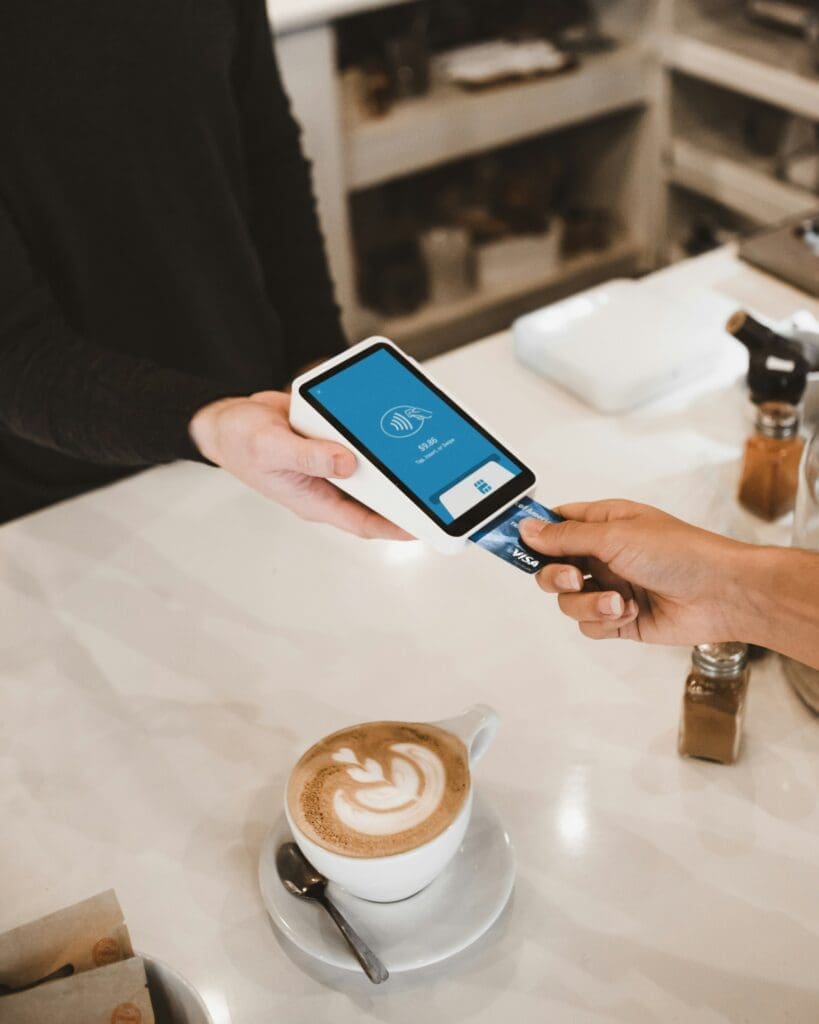How to Write For Each Buyer’s Journey Stage

Have you ever walked into a grocery store and seen a snack you’d never heard of — one that was so tempting that you just had to try it? That’s great news for the manufacturer, but it’s not how purchases usually go.
These days, customers research everything — there’s simply so much information out there, and it’s so easy to access it, that most customers won’t even buy a pencil without Googling “what’s the best pencil” first.
What that means is that regardless of what you’re selling, most of your customers will arrive at a purchase decision through what’s called the “buyer’s journey” — a series of steps that buyers follow from the moment they first hear about you to the moment they click “purchase.”
The bad news is that at any given moment, you don’t know which of your customers are at which phase of the buyer’s journey. You don’t want to scare them off by pushing sales on them before they’re ready, but you don’t want to lose their interest by failing to close the deal.
The good news is that with inbound marketing, you can write for every stage of the buyer’s journey and let your prospective customers come to you. If they’re interested in the information you have, they’ll do their research and come across it themselves. If it’s not relevant, they won’t see it at all. Here’s how to write for every stage of the buyer’s journey.
Awareness
Awareness is the earliest stage of a buyer’s journey — they’ve discovered a need or a problem in their lives, but they haven’t fully articulated what that problem is or how to solve it. What they need is broad-strokes, top-level educational content to help them figure out what their problem is and what the possible solutions are.
Maybe your prospective customer suffers from chronic back pain. You can’t just swoop in with your ergonomic chair and tell them to buy one, because they haven’t concluded that their current chair is the problem yet. Instead, articles about how many people suffer from back pain and its possible causes — improper stretching after exercise, bad posture, a sedentary lifestyle, a low-quality mattress, and yes, a cheap office chair — are going to be more useful to them.
These readers aren’t high-value leads since there’s no guarantee that they’ll buy from you yet. But getting your website into the top of their minds is a good thing, since it helps them journey further down the funnel. And as an added bonus, their traffic to your site gives you an extra boost in SEO rankings.
Evaluation / Consideration
In the middle of the marketing funnel, you’ve caught your potential customers’ attention. They’ve figured out that they have a problem that needs to be solved, and now they’re looking for the best solution.
The top of the funnel is designed for pure education, but the middle of the funnel is about showing prospective customers why your solution in particular is the best option to solve their problem. Keep in mind that you don’t want to just capture every single person who sees your page — some people won’t be a good fit for your product, and you won’t be able to retain them. It’s tempting to think that every sale is a good one, but one-time customers might not be worth the time and energy you spend on them.
In the middle of the funnel, people are looking for expertise. They want to know that you’re the leader in your industry, and that you have the authority to recommend your product to solve their problem. Webinars, blog posts, and whitepapers that demonstrate the usefulness of your solutions are the perfect type of content for this stage.
Purchase / Decision
The bottom of the funnel is when a customer is ready to buy — but that doesn’t mean they’re going to buy from you yet. Let’s use the back pain example. By this stage of the buyer’s journey, your prospective buyer has done their research and decided that they need an ergonomic chair, but how do you convince them that yours is the perfect solution to their problem?
Usually, the bottom of the funnel is a simple nudge — a good pricing scheme, free shipping, a rebate for first-time buyers — to get them to make a final decision. Your content should have specific details and a compelling call-to-action to get them to commit to a decision, which can make a huge difference in driving conversions.
Your customers will go through a lot of research and decision-making before they’re finally ready to commit, so you can’t rush that process. Instead, create content that helps and supports them at every step of the process, and the ones that make it through the funnel will turn into lifelong customers that support your business for years.





